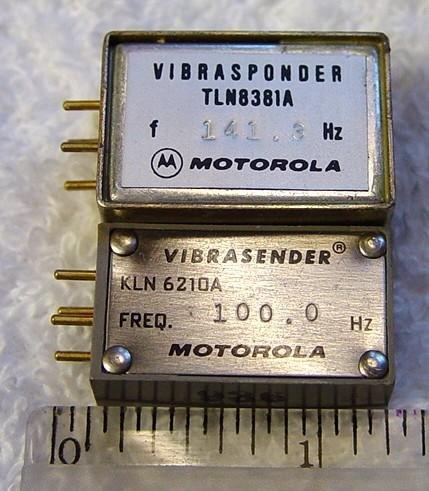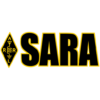Many hams know they generally need to use Continuous Tone Coded Sequelch System (“CTCSS”) to access an FM repeater. CTCSS, or more commonly referred to as “PL tone” or “PL” which is an acronym for Motorola’s implementation of it branded Private Line, was introduced in the 1950s by Motorola to share frequencies used for land mobile radio. Much later, the radio industry standardized the various implementations into CTCSS and “tone” began to appear in amateur radio equipment in the 1980s as a standard component. However why it’s used and how it works is often not understood or misunderstood. This article attempts to clear things up. For consistency, the author will use “CTCSS” to refer to all types of analog “tone”.
Before the introduction of CTCSS to repeaters, the transmitters would open and begin transmitting when the receive radio believed it heard a sufficiently strong signal on the carrier frequency. The squelch control that every ham is familiar with was the original and manual way to adjust when a repeater would begin transmitting. However there was a trade-off to this method. If the squelch was too tight, weaker signals would not always “break the squelch” to cause the repeater to transmit. If the squelch was too loose, then transmissions would have very long, loud squelch tails and RFI would cause undesired transmission.

Motorola originally developed its Private Line product to enable the sharing of simplex frequencies for dispatchers in local communities. Each recipient would only hear the transmissions destined for them. However the technology was quickly adopted for land mobile radio repeaters to enable customers to share a repeater frequency. Radios would only open their squelch when the heard the correct tone they should be listening for. Repeaters would pass all RF and the individual radios would be responsible for the CTCSS decoding and using it to decide when to make the received RF audible to the user. Eventually, the same technology was used to prevent multiple repeaters from interfering with each other and then technology moved into the amateur world.
When repeaters became a big deal in the 1970s, the 2m band was very crowded and frequency “pairs” were sparse given the 2m allocation was only 4 MHz wide. In order to more efficiently support high profile repeaters, the systems would be setup with their own CTCSS tone and only respond when it received a transmission encoded with its particular tone. Eventually the ham radios implemented CTCSS on the radio units as well to only open the audio when the radios received the tone from their local repeater. In ham radios, this is commonly called “Tone Squelch” or “TSQL”. This eliminated a lot of fiddling with the squelch. However many hams don’t ever set it and some repeaters still don’t offer it or offer it uniformly.
For example, SARA’s W8WKY repeater in Doylestown uses 147.390 MHz output and 147.990 MHz input. That’s the same frequency pair used by W8BHZ in Conneaut, OH and K3PSP in Burgettstown, PA. Given a sufficiently strong and/or high user, multiple systems may repeat the transmission that was only intended for one of them. Using CTCSS, the only repeater that will respond to the transmission is the one that decodes its CTCSS in the transmission. W8WKY uses 114.8 Hz (for historical reasons), K3PSP uses 131.8 Hz while W8BHZ has started using DCS. Thus SARA’s repeater will be the only one that transmits when it hears 114.8 Hz in the transmission.
Similarly, many repeaters will transmit the same tone out so that user radios can only open for their signals in the same way. This is the “Tone Squelch” mentioned earlier. W8WKY, for example, will also transmit a 114.8 Hz CTCSS mixed with the audio when it repeats the transmissions it hears. If one configures their radio for a 114.8 Hz “tone squelch” their radio will only play audio when it decodes the CTCSS tone. This greatly cuts down on spurious opening of the squelch – notably while mobile or with HTs.
One of the caveats of Tone Squelch is that it is not always implemented consistently. In some cases, repeaters will retransmit the audio with the CTCSS code still in the information, but courtesy tones, repeaters announcements, or remote base traffic does not have the CTCSS. When possible, repeater operators should send a CTCSS for all transmission as well as receive them. Radio users should determine which repeaters output CTCSS and setup tone squelch accordingly for a better user experience.
For a deep-dive on the history of CTCSS and a technical deep-dive into how it works, see this article on repeater-builder.com.
